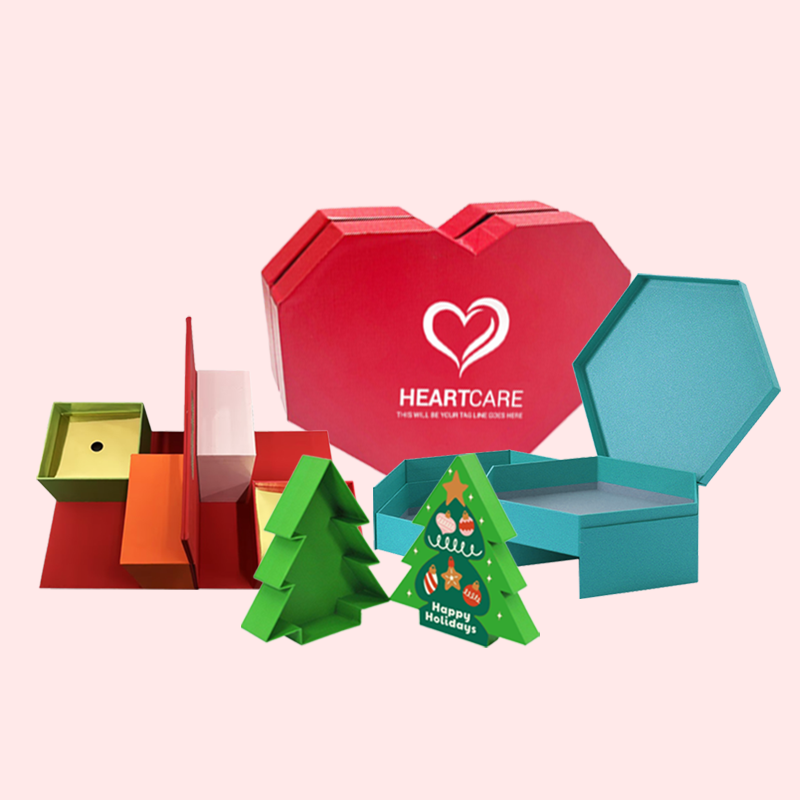Struggling with high costs for green packaging? You want to be sustainable, but the budget is tight. There is a way to achieve both without compromising your brand identity.
To optimize custom packaging, focus on right-sizing to eliminate empty space, choosing lightweight and recyclable materials like paperboard, and simplifying structural and graphic design. This directly cuts material use and shipping costs, making sustainability financially smart.
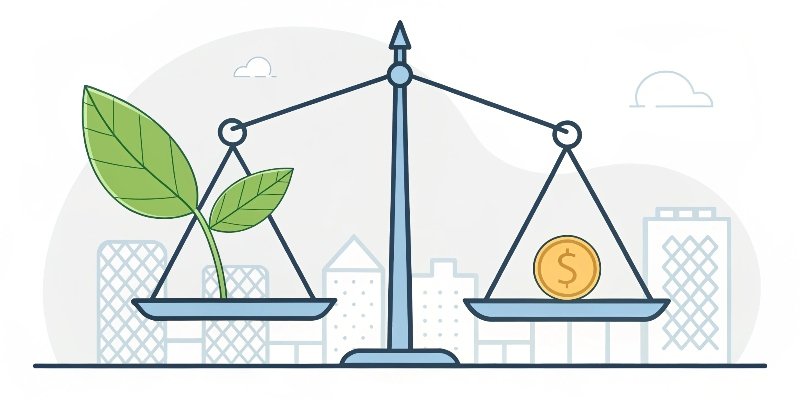
Over my 16 years in the packaging business, this is the number one puzzle I help clients solve. Good designers, just like you, are always trying to find that sweet spot between a beautiful, sustainable package and a happy budget. It feels like a big challenge. But I have learned that it's completely possible. You don't have to choose one over the other. The key is to see sustainability as a series of smart, small decisions. It is not just one big, expensive choice. Let's look at how you can make those smart decisions.
How can you make packaging more sustainable?
Want to use greener packaging materials? Many "eco-friendly" options seem costly or fail to protect the product. Luckily, simple and practical steps can make a huge impact on your footprint.
Focus on the three core principles: Reduce, Reuse, and Recycle. Use less total material through smart design, create boxes with a potential second life, and choose materials like paper that are easily recycled.
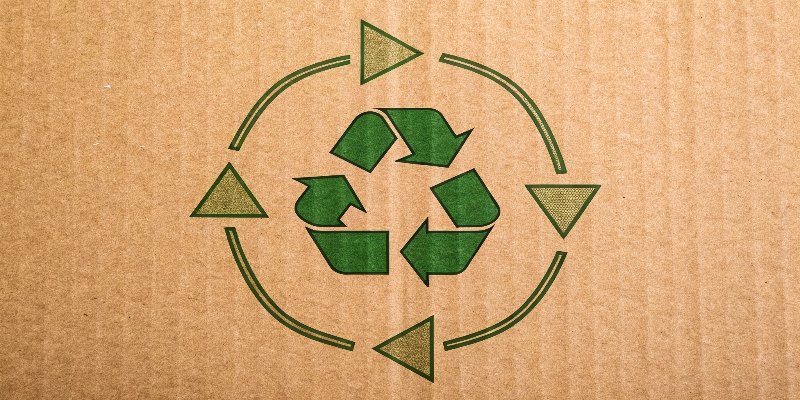
In my experience, the simplest approach is often the best. We don't need to overcomplicate things. Focusing on these three actions gives you a clear path forward. I always tell my team to start here before exploring more complex materials or technologies.
Start with "Reduce"
This is the most effective step. If you use less material, you save money and resources from the very beginning. This means "right-sizing1" your packaging. I've seen so many products shipped in boxes that are way too big, filled with plastic air pillows. That's a waste of space and money. Work to create a box that fits your product snugly. This not only cuts down on material but also reduces your shipping costs because the package is smaller and lighter. This is a direct win for both your budget and the planet.
Then, Think "Recycle"
Choose materials that are easy for the end consumer to recycle. This is where paper and paperboard2 really shine. They come from a renewable resource—trees from managed forests—and have a very high recycling rate globally. Avoid mixing materials, like a paper box with a laminated plastic film. This makes recycling difficult or impossible. A simple, mono-material paper box is almost always the better choice from a recycling standpoint.
What is the best ideal packaging for sustainability?
Are you searching for the single "perfect" sustainable material? It can feel like an impossible task. The truth is, the "best" packaging solution might not be what you first think.
There is no single "best" material for sustainability. The ideal choice depends on your specific product, its journey through the supply chain, and what happens to the package after use. For many dry goods, well-designed paperboard is a top contender.
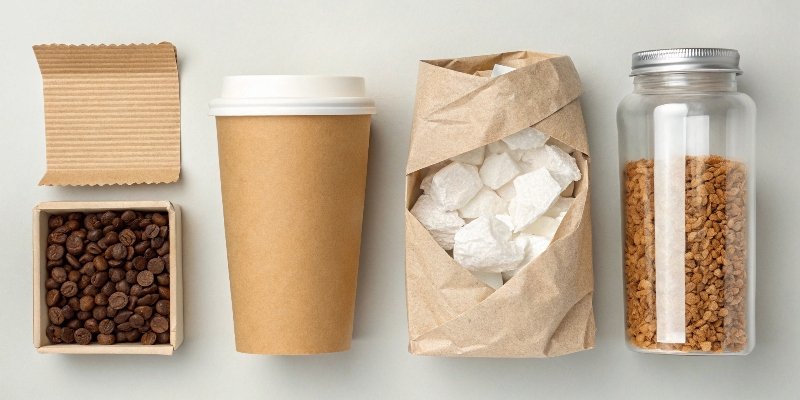
I get this question all the time. People want a simple answer, but packaging is not simple. The "best" choice is about finding the right balance for your specific needs. What works for a luxury cosmetic cream3 might be a terrible choice for shipping a heavy electronic part.
Instead of looking for a single hero material, I advise designers to think about the product's entire life cycle. It's a method we use to find the true best fit.
The Life Cycle Approach
Ask yourself these questions:
- Source: Where does the raw material come from? Is it a renewable resource like paper from FSC-certified forests4, or is it from a finite resource like oil?
- Production: How much energy and water are needed to make the package?
- Use: Does it protect the product effectively? A sustainable package that allows the product to break is not sustainable at all.
- End-of-Life: What happens to it? Can it be easily recycled or composted by the average person?
For many of the products I work with, like consumer electronics5 or cosmetics, paper-based packaging hits the right notes across this lifecycle. It's renewable, protective enough, and highly recyclable. But it has weaknesses, like a lack of water resistance. So, it's not perfect for everything. The ideal choice is always the one that finds the best balance of these factors for your product.
Which of the following are sustainable packaging6 strategies?
You hear about so many different green strategies. It is hard to know which ones actually work. Are they all effective, or are some just marketing buzzwords?
Effective strategies include material reduction (lightweighting), using recycled content, designing for recyclability (mono-materials), and choosing renewable resources. These practical steps have a real impact on environmental footprint and often reduce costs.
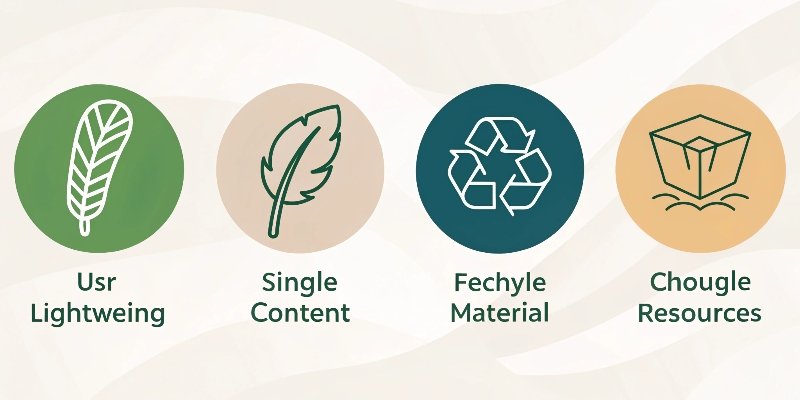
Let's cut through the noise. From all the projects I've handled, I can tell you that the most successful sustainable packaging6 comes from applying a few core, proven strategies. It is not about chasing every new trend. It is about implementing what we know works. I guide my clients to focus on a handful of high-impact tactics. These are practical, achievable, and make a real difference.
Here is a breakdown of the strategies that I've seen deliver the best results for both sustainability and the bottom line.
| Strategy | What It Means | Why It Works |
|---|---|---|
| Material Reduction | Using less material to make the same package. This is also called "lightweighting." | Cuts raw material costs, reduces energy in manufacturing, and lowers shipping weight and expenses. |
| Using Recycled Content | Making new boxes from old paper or cardboard fibers. For example, using Post-Consumer Waste (PCW)7. | Reduces the need for virgin materials, saves energy, and supports the recycling economy. |
| Design for Recyclability | Creating packages from a single material (mono-material) and avoiding glues, laminates, or magnets that contaminate the recycling stream. | Makes it simple for consumers to recycle the entire package correctly, increasing recovery rates. |
| Renewable Sourcing | Choosing materials that can be regrown or replenished, like paper from responsibly managed forests (FSC or PEFC certified). | Reduces dependence on finite resources like fossil fuels. Ensures a sustainable supply for the future. |
These strategies work together. For example, a lightweighted box made from recycled, FSC-certified paper is a fantastic outcome. It checks multiple boxes and creates a truly optimized package.
How can packaging help a business work toward sustainability?
Does packaging really make a big difference for a company's overall sustainability goals? You might think it is a small piece of the puzzle. But it's a powerful tool for change.
Packaging is a highly visible part of your brand that directly touches the consumer. Using sustainable packaging demonstrates your company's commitment to the environment, builds brand loyalty, and can reduce overall operational costs through efficient design.
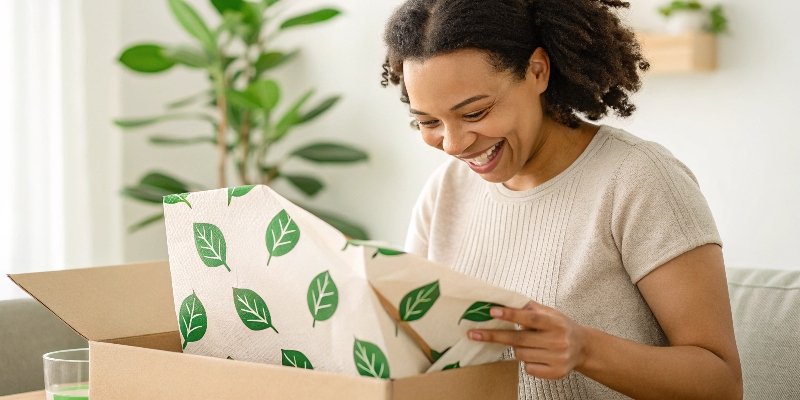
I have seen firsthand how a change in packaging can transform how customers see a brand. Your box is often the first physical interaction a customer has with your product, especially in e-commerce. It's a billboard you send directly to their home. When that billboard is made from thoughtful, sustainable materials, it sends a powerful message. It says, "We care." This message goes far beyond just the box itself.
It's a Statement of Your Values
Choosing sustainable packaging6 tells your customers, investors, and even your own employees what your business stands for. In a crowded market, this can be a key differentiator. I've worked with brands that made the switch and saw a big increase in positive social media mentions. People share their unboxing experience8s, and a smart, eco-friendly package gets noticed. It builds trust and makes people feel good about their purchase.
It Drives Internal Innovation
When a company commits to sustainable packaging6, it often forces other positive changes. To right-size a box, you need to have accurate product dimensions. To reduce weight, you need to analyze your supply chain9. This push for efficiency in packaging can lead to broader operational improvements, saving the company money in surprising ways. It encourages a mindset of resourcefulness and waste reduction10 that can spread throughout the entire business organization. Your packaging choice is not just a container; it's a catalyst for positive change.
Conclusion
Optimizing packaging for cost and sustainability is not about finding a single solution. It is about making smart, informed choices about materials, design, and your supply chain9 to create real value.
-
Discover the advantages of right-sizing your packaging to save money and resources while improving sustainability. ↩
-
Learn why paperboard is favored for its recyclability and renewable sourcing. ↩
-
Understand the unique packaging needs of luxury cosmetics and how to balance aesthetics with sustainability. ↩
-
Understand the significance of FSC certification in promoting sustainable forestry practices. ↩
-
Explore effective packaging solutions tailored for consumer electronics to ensure protection and sustainability. ↩
-
Learn about the principles of sustainable packaging and how they can benefit your business and the environment. ↩ ↩ ↩ ↩
-
Learn how using PCW can reduce reliance on virgin materials and support recycling efforts. ↩
-
Discover how thoughtful packaging enhances the unboxing experience and customer satisfaction. ↩
-
Explore the role of packaging in optimizing supply chain efficiency and sustainability. ↩ ↩
-
Explore practical strategies to minimize waste in packaging and improve sustainability. ↩


